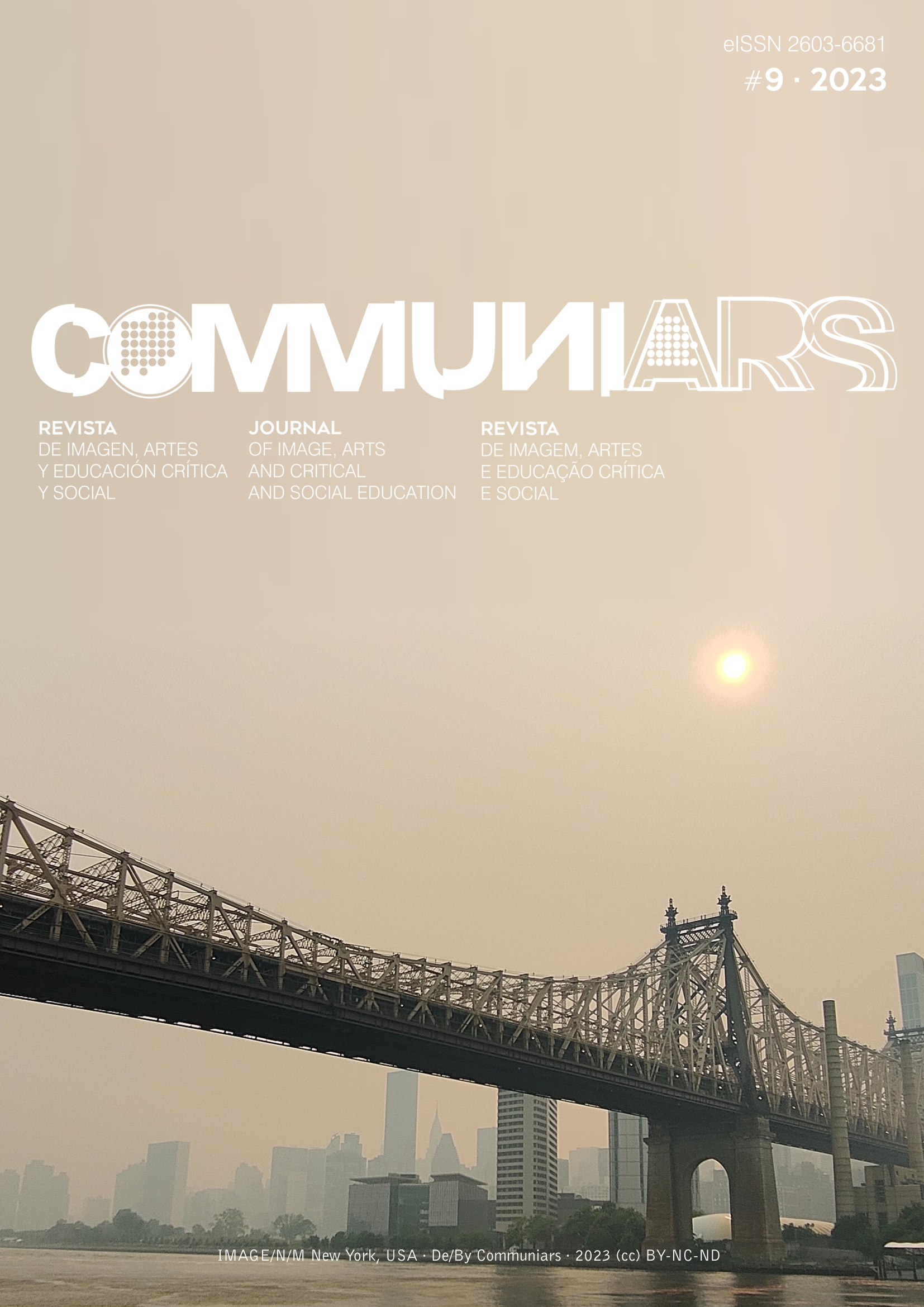Educasigno: a visual and digital dictionary of educational concepts in sing language
Main Article Content
Abstract
nclusive education aims to transform the culture and practices of educational institutions in order to promote learning for all students, regardless of their characteristics. Diversity is an inherent quality of the human being and educational institutions should promote an accessible and inclusive teaching-learning model. Although Inclusive Education refers to the incorporation of students belonging to different groups that have traditionally been marginalised and discriminated within the ordinary education system, this work focuses on the group of people with disabilities. Hearing impairment refers to any impairment in a person's ability to perceive sounds in the ranges considered normal, and there may be a partial or total loss of the ability to do so. Within hearing impairment, those with a very low level of hearing and those who cannot hear at all, deaf people, often use sign language to communicate. One of the defining characteristics of inclusive teachers is that they are concerned about the possibilities offered by technological media for the inclusion of students with disabilities. Educasigno is a visual and digital dictionary of sign language that aims to be useful for teachers in the field of inclusive education. The dictionary currently has a total of 202 signs so that teachers who have students with hearing disabilities in their classrooms can learn a basic vocabulary to be able to use communication other than verbal.
Downloads
Article Details

This work is licensed under a Creative Commons Attribution-NonCommercial-ShareAlike 4.0 International License.
Los textos e imágenes publicados en la presente revista están bajo licencia Creative Commons (BY-NC-SA. 4.0 Internacional), salvo aquellas obras visuales que el/la autor/a señale con otra licencia y permiso. En este caso la coordinación de la revista queda eximida de la responsabilidad legal que derive de la misma y si no fuera una licencia abierta la obra quedará publicada con derecho a cita o uso justo.

